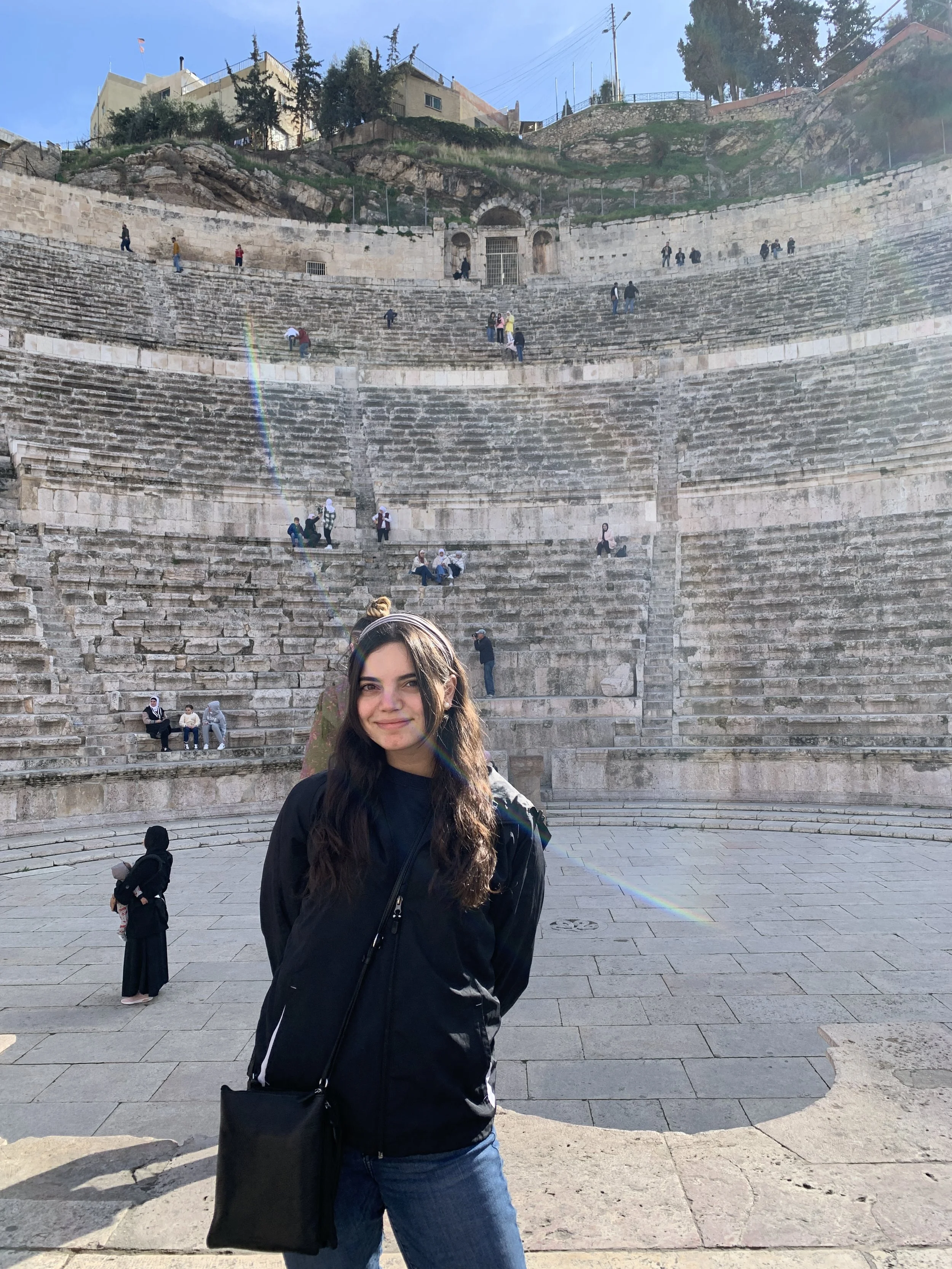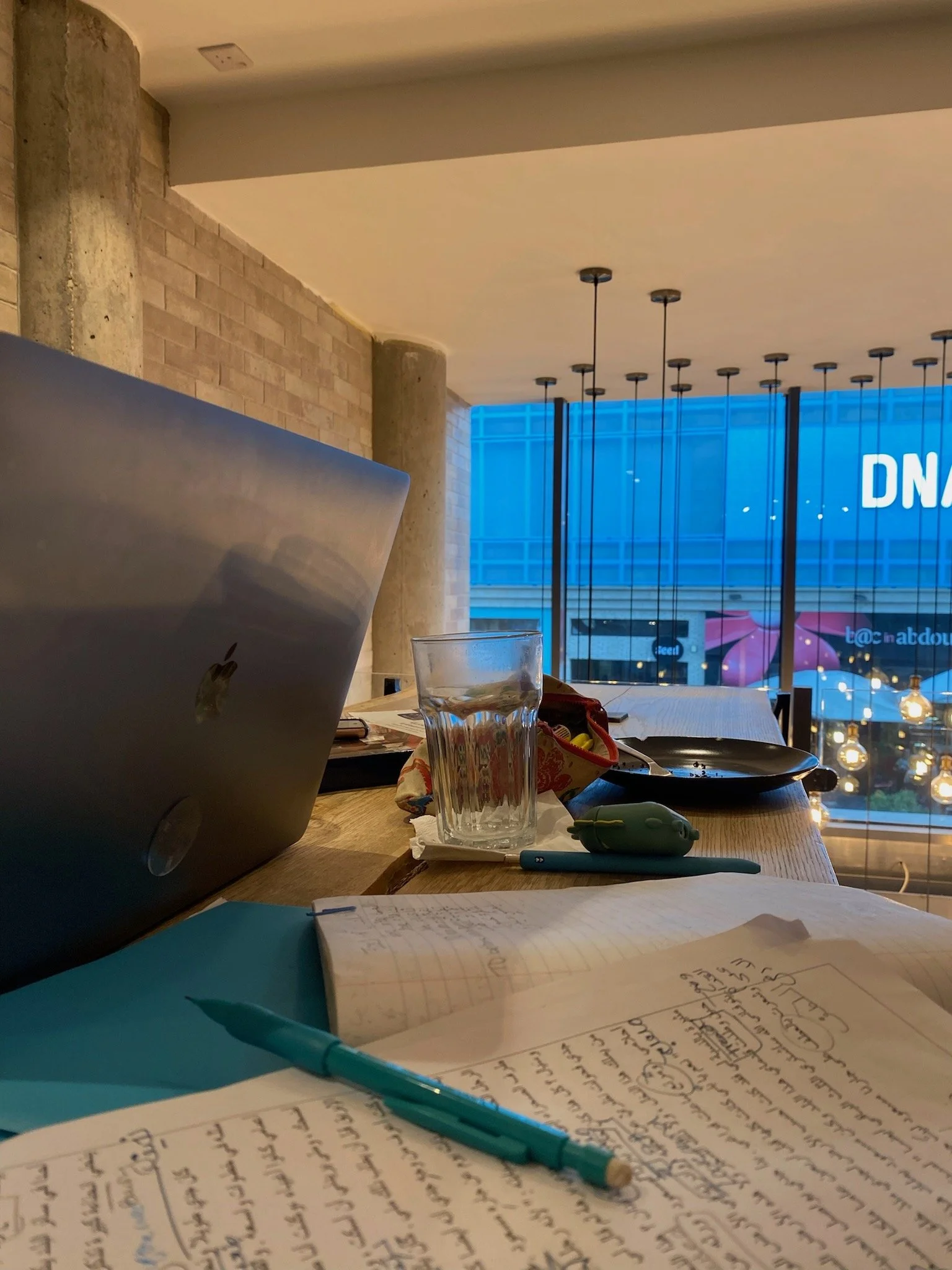"Autodidact’s Guide to Beginning Arabic" by Sela Dombrower
Before I started learning Arabic I had no idea there was such a range of dialects, codified and not, across the Middle East and North Africa (MENA) region. My Arabic instructor decided to teach us Modern Standard Arabic (MSA), the language of the media and academia, to create a strong foundation for whichever regional dialect(s) we learned later on.
In Arabic, MSA is called fosHa and dialect is called 3amya. While some people in the MENA may understand MSA, it is not at all colloquial. Speaking fosHA establishes a social hierarchy and creates distance in conversation.
I wanted to learn at least some 3amya before traveling to Jordan, to help me connect more easily with others, and to familiarize myself with the spoken language. I turned to some of my favorite language learning resources, which I’ve gathered below. These could help if you’ve learned MSA and want to learn dialect, or if you’re completely new to Arabic. I’ve listed mainly audio and video resources, as these are my favorite ways to learn languages on my own. I emphasized ‘survival Arabic’ and listening comprehension, since those were the things I prioritized in preparation for immersion.
Audio (often available online or at libraries):
Pimsleur language learning audio/CDs
I love Pimsleur CDs because they have a variety of dialects to choose from, and they’ve already done the work of prioritizing survival phrases. The lessons are thirty minutes each, with spaced review to help work the material into your long term memory. Slow pronunciation guides help you get comfortable with new combinations of sounds, and practice conversations allow the material to build on itself.
Michel Thomas
The Michel Thomas Method emphasizes auditory learning to help mirror the way children learn languages. I have not used this method for Arabic, but I have for other languages to great effect. Thomas breaks down the structures of words and constructions in the target language to find patterns and connections with English. The goal is to take the focus off of any kind of rote learning or memorization.
Video:
Learn Arabic with ArabicPod101
This is my favorite way to learn new alphabets online. There is a YouTube channel as well as a website with different types of study tools. Their channel also has listening comprehension videos, an amazing resource for practicing conversation and getting a reality check for where you’re at!
Learn Arabic with Maha
Maha has everything from vlogs to videos about slang and grammar. She speaks Palestinian Arabic and collaborates with some other Arab YouTubers, so this is a fun way to get exposed to different dialects and channels as well.
Learn Arabic with Qasid
This is another YouTube channel; Qasid has videos about Jordanian Arabic, including survival skills, alphabet videos, and grammar videos.
If you’re looking to create a semi-immersive environment before traveling abroad, I also suggest finding some podcasts, movies, or shows that align with your other interests. These are fun ways to get used to the sounds of the language you are learning. While at first you may only catch a word or two, these resources can help the sounds become words as your brain starts to recognize patterns. Another bonus—vlogs and podcasts are great ways to explore the cultures of your target language, and the way people now are engaging with it.
!تعلّم سعيد
Happy Learning!
Sela Dombrower is a junior at Lawrence University and is studying abroad on the Amideast Area and Arabic Language Studies Program in Amman, Jordan this fall 2022.






